Together with August Sikatsila, Suku Mentawai’s program manager, we’ve spent the past month gathering cultural and environmental-based research in the Sarereiket regions of Siberut Island.
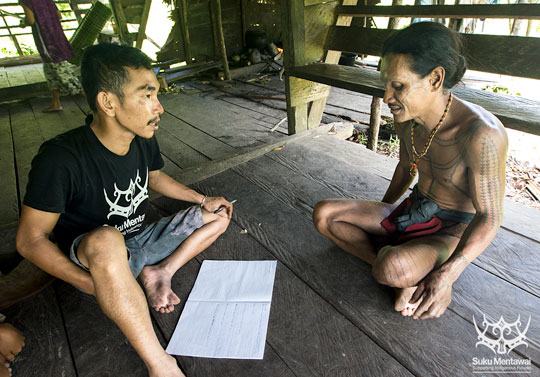
August headed our previous community research and survey activities and is indeed right at home in this role, as is clearly reflected by the comfort and trust shown, and quality of information gathered.
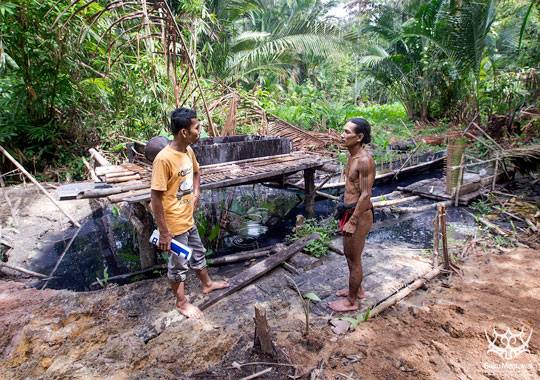
Engaging various members of the tribal community, August discussed many aspects of Mentawai culture and their native habitat; documenting everything from hunting and gathering techniques, rituals, values and taboos, to medicines, language, history and mythology.
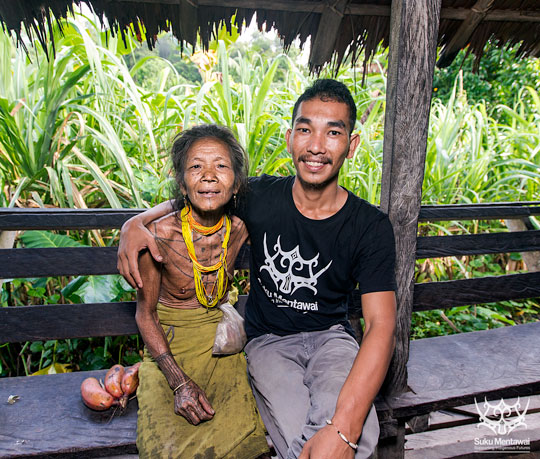
My own focus has been to capture these discussions on video, and to listen. It has been a truly great learning experience for all and we’re extremely excited about making this educational opportunity available to the wider community.
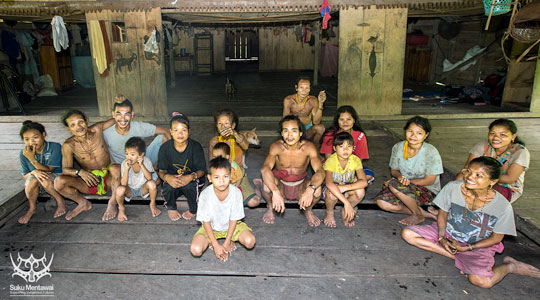
Here is a short preview showing August and Aman Manja (si Tukah) talking about the meaning of ‘Simagre’, the spiritual outlook at the heart of Mentawai’s Arat Sabulungan culture.
The primary purpose for gathering this research is to formulate the Suku Mentawai program’s curriculum. It was decided – through lengthy discussion – that the best approach to doing this would be to create a booklet (heavily focused on imagery) to be used as a visual subject-guide for each lesson, as oppose to a text to teach from.
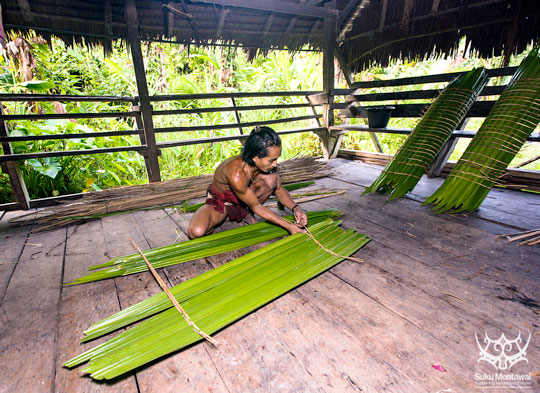
By keeping the written content to a brief description for each component, our intention is to empower those in possession of this cultural knowledge – our educators (including Sikerei and tribal elders) – to teach in a verbal/practical manner that is most suitable and comfortable for them.
Aside from the obvious, we feel this is particularly important because there are minor variations in native cultural practice and language from region to region here, and so by appointing localised teachers and maintaining this approach we believe it’ll reduce the risk of regional conflict and subsequent rejection.
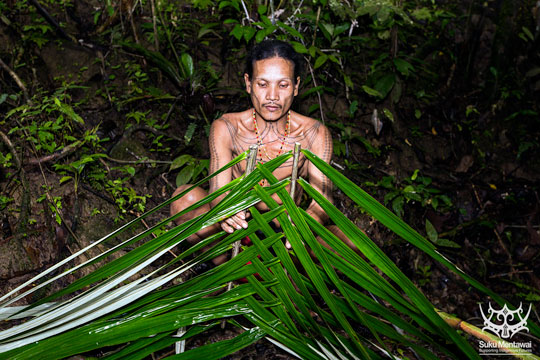
In addition, these booklets will provide a good point of reference for the student group to take home for continued discussion, reflection and further studies. Almost all our students are already learning to read and write through the national school program so they’ll have the option of integrating those skills here too. The development of this booklet is now underway.
We endeavor to make all video and photographic documentation captured over the past month available online too, eventually. Meantime, here is a quick series of photos with enclosed captions.
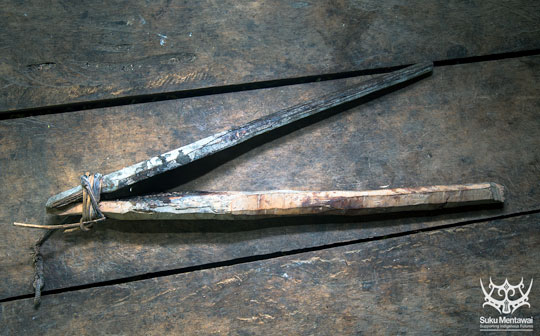
The ‘Fefetcle’ is used to extract liquid during the process making poison for hunting weapons.
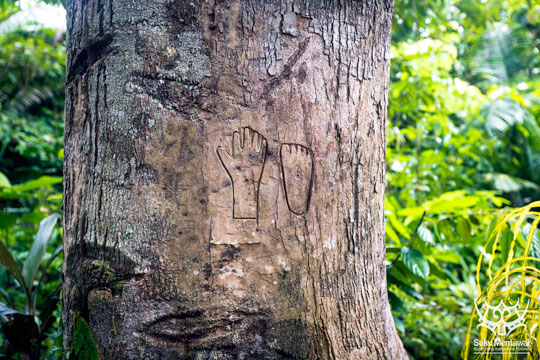
After the death of a clan member, an outline of their hand and foot is painted onto a piece of timber and carved into the trunk of an old tree. This is known as ‘Tahep’.
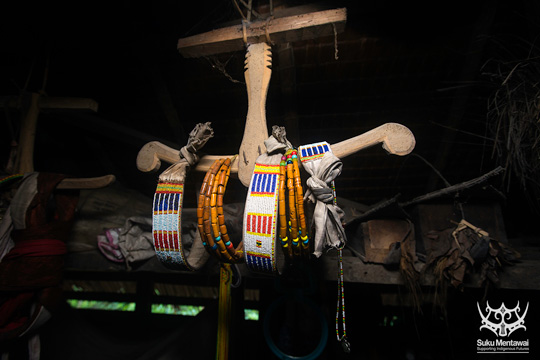
All Sikerei have a headpiece called a ‘Luat’ and an orange beaded necklace called a ‘Tudda’. There are several taboos associated with wearing these so they’re most often just worn during ceremony.
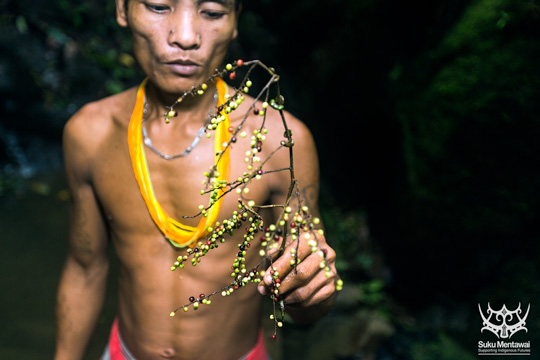
‘Babagak’ is a small eatable fruit that grows wild in the Siberut rainforest.
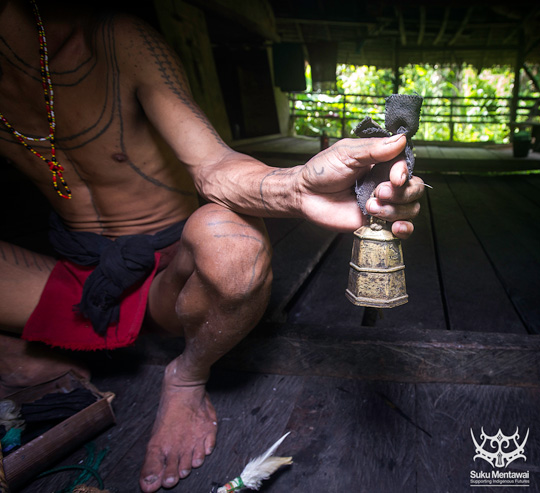
The ‘Jejeneng’ is a small intricately engraved bell used by Sikerei during ceremony to assist them in summoning and appeasing the spirits.
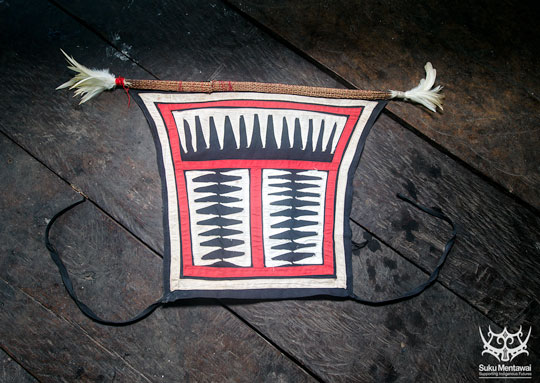
The ‘Sabok Kerei’ is worn by Sikerei during ceremony. It’s believed the Dutch bought this textile version here in the 18th century.
Plenty more to come: including the release of our documentary film production, As Worlds Divide. Please continue to follow and support where possible. Masurak bagatta. Thank you.











